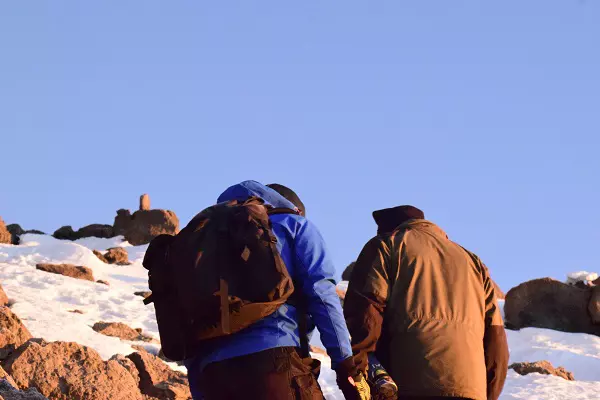
Embarking on a Kilimanjaro trekking tour is not just an adventure; it's a physical and mental challenge that demands preparation and fitness. Scaling the heights of Africa's tallest peak requires a well-conditioned body, stamina, and mental resilience. In this comprehensive guide, we explore effective training strategies, key fitness components, and essential tips on how to train for Kilimanjaro, ensuring that climbers are adequately prepared for the exhilarating journey to the summit.
Kilimanjaro's diverse ecosystems, ranging from lush rainforests to alpine deserts, present a unique set of challenges. The trek involves navigating steep ascents, negotiating rocky terrain, and enduring varied weather conditions. Adequate training is the foundation for a successful and enjoyable climb.
Develop cardiovascular endurance through activities such as running, hiking, cycling, and stair climbing. These exercises simulate the sustained effort required during the trek.
Build strength in the lower body, core, and upper body to navigate challenging terrains and carry a backpack. Squats, lunges, and core exercises contribute to overall strength.
If possible, incorporate altitude simulation into your training. This can be achieved using altitude training masks or by training at higher elevations if available.
Gradually increase the duration and intensity of your hikes. Include elevation gain in your training to simulate the conditions of ascending Kilimanjaro.
Train with a loaded backpack to simulate the weight you'll carry during the trek. Start with a manageable weight and gradually increase as you build strength.
Consistency is key. Develop a regular training routine that gradually intensifies over time. This allows your body to adapt progressively.
Focus on cardiovascular activities like brisk walking and light jogging. Begin strength training with bodyweight exercises.
Increase the duration and intensity of your cardiovascular workouts. Incorporate more challenging strength exercises and start carrying a weighted backpack during hikes.
Mimic Kilimanjaro conditions with longer hikes, elevation gain, and sustained effort. Fine-tune your equipment and test your endurance on varied terrains.
Reduce training intensity while maintaining some cardiovascular and strength activities. Focus on rest and recovery to ensure peak fitness during the climb.
Initiate your training several months before the trek to allow for gradual progression and adaptation.
Stay well-hydrated and maintain a balanced diet. Proper nutrition is vital for sustained energy during the climb.
Pay attention to signs of fatigue or overtraining. Adjust your training plan accordingly and prioritize recovery.
Train with the gear you'll use on Kilimanjaro, including your backpack and hiking boots. Ensure they are comfortable and well-suited for the trek.
Develop mental resilience through visualization and positive affirmations. Mental strength is as crucial as physical fitness.
Training for a Kilimanjaro trekking tour is not just about building physical strength; it's about preparing your mind and body for an extraordinary adventure. As you ascend through Kilimanjaro's ecological zones, each step becomes a testament to your dedication and preparation. By following a well-rounded training plan, listening to your body, and embracing the journey with enthusiasm, you set the stage for a successful summit and an unforgettable Kilimanjaro experience.